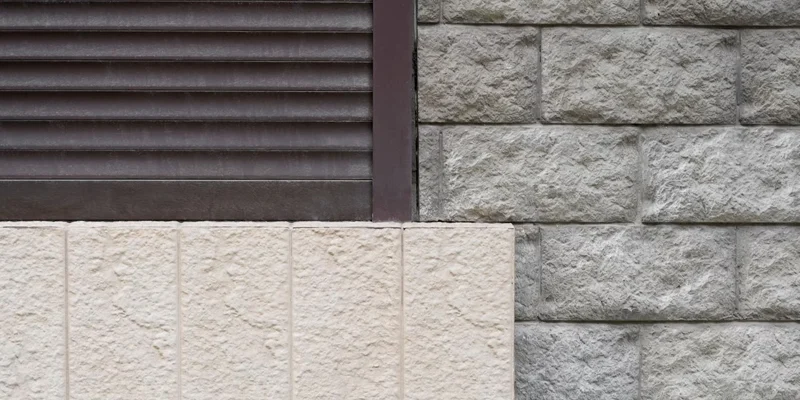Factors Influencing Retaining Wall Design: Soil Type, Slope Angle, and Drainage:
Examine the key factors that shape the design of retaining walls. Discover how soil type affects the stability and load-bearing capacity of the wall, and learn how engineers determine the optimal slope angle to ensure structural integrity. Additionally, explore the importance of effective drainage systems in mitigating water pressure and preventing soil saturation that can compromise the stability of the retaining wall.
Erosion Control Measures: Safeguarding the Integrity of Retaining Walls:
Delve into the crucial aspect of erosion control in retaining wall design. Explore erosion mechanisms and learn about the various erosion control measures employed to protect the wall and surrounding soil from the damaging effects of water flow, including the use of geotextiles, vegetation, and specialized drainage systems.
Selecting Building Materials: Balancing Aesthetics and Performance:
Explore the range of building materials available for constructing retaining walls. Understand the considerations that engineers must take into account, such as the strength, durability, and aesthetic appeal of the materials. Discover how different materials, such as concrete, masonry, timber, and engineered systems, offer unique advantages and suitability for specific applications.
Compliance with Building Codes: Ensuring Structural Safety and Regulation:
Highlight the importance of complying with building codes and regulations in retaining wall design. Explore the specific codes and standards applicable in Texas, and understand how adherence to these guidelines ensures the structural safety, performance, and longevity of retaining walls.
Site Evaluation and Geotechnical Analysis: Assessing Site Conditions:
Uncover the significance of thorough site evaluation and geotechnical analysis in the design phase of retaining walls. Learn about the methods and techniques employed to assess soil characteristics, slope stability, groundwater levels, and other geotechnical factors that influence the design and construction process.
Construction Techniques: Building Reliable and Resilient Retaining Walls:
Explore the various construction techniques used to build retaining walls. From excavation and foundation preparation to wall assembly and backfilling, understand the key considerations, best practices, and quality control measures that ensure the proper execution of the design and the long-term stability of the retaining wall.
Ongoing Maintenance: Preserving the Integrity and Functionality of Retaining Walls:
Highlight the importance of ongoing maintenance for retaining walls. Learn about the common maintenance tasks, such as regular inspections, vegetation control, drainage system upkeep, and repair of any signs of distress or damage. Discover how proactive maintenance measures can extend the lifespan and functionality of retaining walls.

